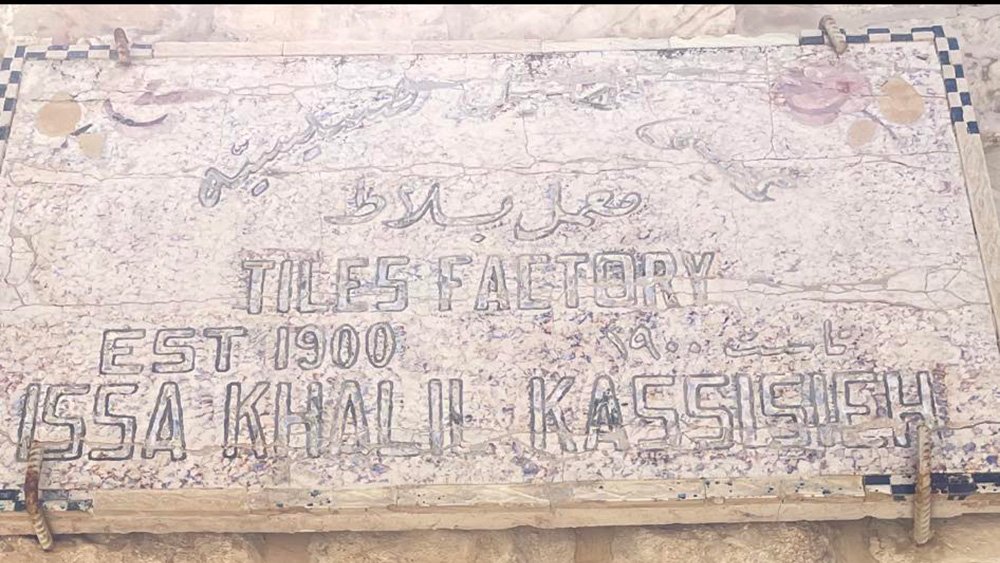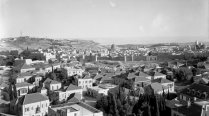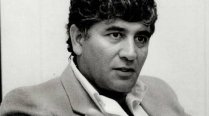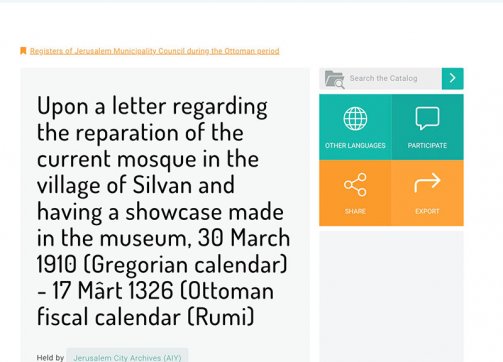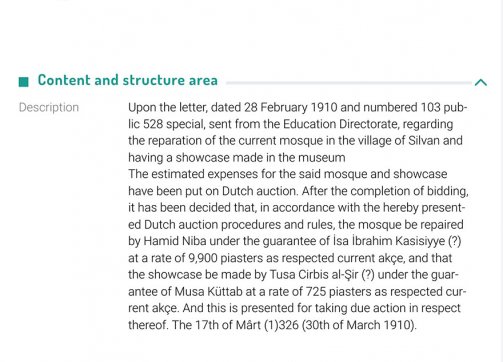Most people do not have to parade their history or dig up documents and photos just to prove a connection to the place they call home. But we Palestinians sometimes find ourselves contending with individuals and groups that feel comfortable delegitimizing our national identity and history as a way of promoting their own narrative and justifying the occupation and control of Palestine.
Sometimes it is done to curry favor with those making such claims. I recall a 2011 visit to Jerusalem by Newt Gingrich, at the time a Republican presidential candidate, who claimed that Palestinians did not exist but were simply nomads who made a stop in Palestine en route to some other place.
I was offended enough to write an essay, published in the New York Times,1 in which I talked about my family’s Palestinian heritage. Others have done that as well, putting on display family pictures, birth certificates, graduation documents, and other memorabilia, all with the simple goal of debunking these ridiculous claims and putting them to rest. I used my son’s research into 600 years of church records about our family lineage to illustrate our own roots in Jerusalem and Palestine.

